The Art of Appraisals: Understanding their Vital Role in Insurance
Art Appraisal Resources
AUGUST 29, 2023
Whether you're a collector, an art enthusiast, or an artist, knowing the worth of your artworks is crucial. In this post we explore art appraisals' critical role in the context of insurance. Some insurance policies even require these updates every few years.



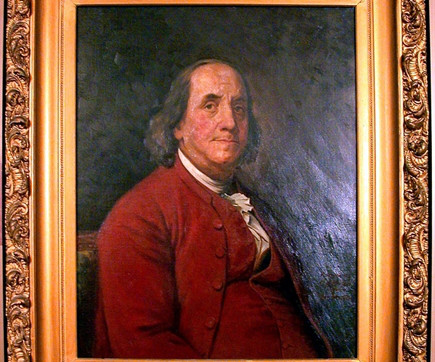

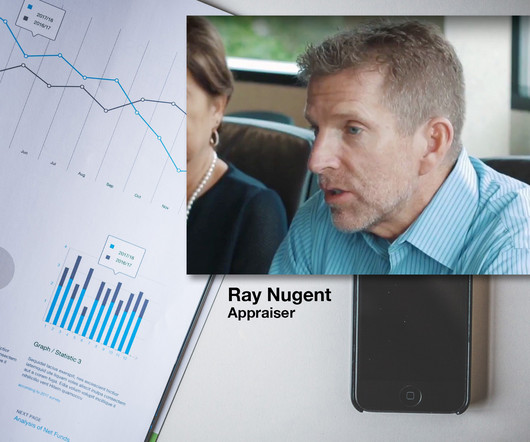

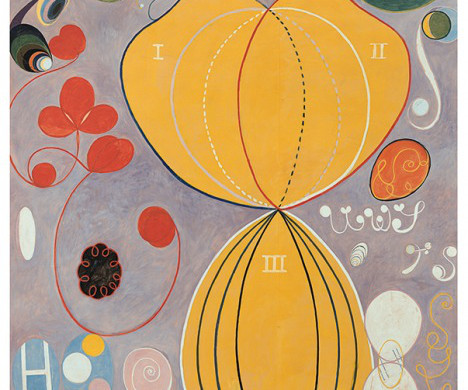
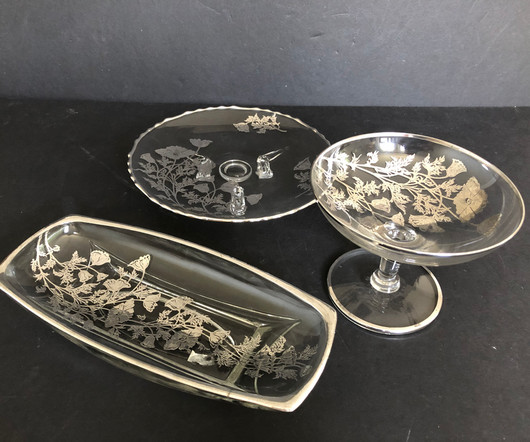

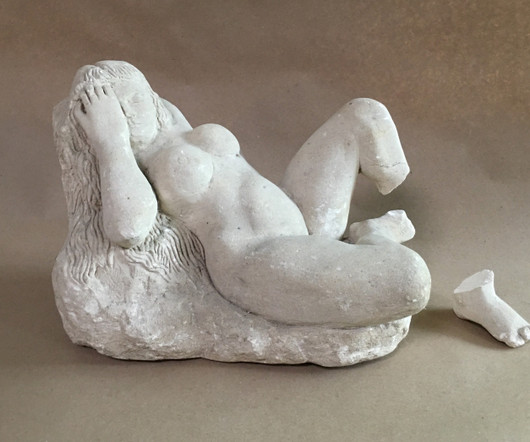







Let's personalize your content